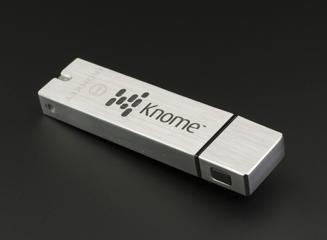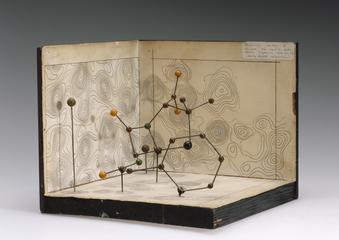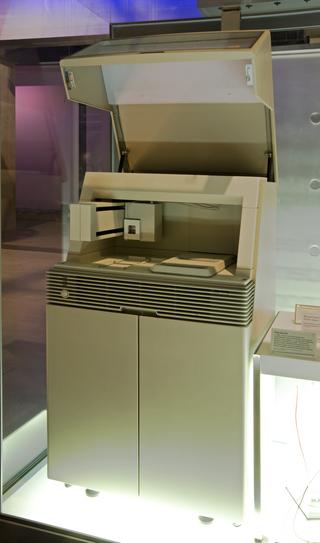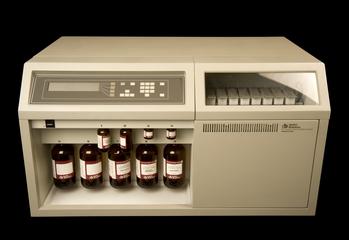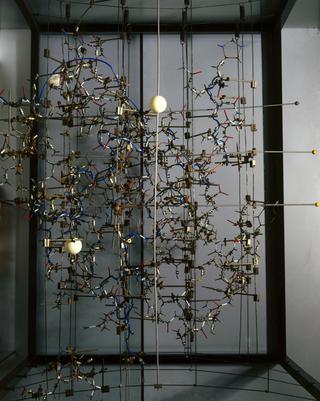Craig Counter-Current apparatus, from the Courtauld Institute of Biochemistry, c. 1960
Craig Counter-Current apparatus, Quick fit model 20, used at the Courtauld Institute of Biochemistry of the Middlesex Hospital Medical School for biochemical research and clinical diagnosis, c. 1960.
More
This Craig Countercurrent machine came from the analytical chemistry department of the Courtauld Institute of Biochemistry of the Middlesex Hospital Medical School in around the 1960s, to assist biochemical medical research and clinical diagnosis.
The machine was designed to automate an analytical chemistry technique called 'counter current distribution' designed to separate components within a liquid mixture. Automated techniques were pioneered by the American biochemist Lyman C. Craig working at the Rockefeller Institute for Medical Research around 1950. The machine consists of many glass cell separators, that are rocked back and forth until liquid mixtures have separated. Quick fit models allowed for standardised glassware to be fitted and replaced.
- Measurements:
-
overall: 1407 mm x 2313 mm x 963 mm,
- Materials:
- metal, glass
- Object Number:
- 1977-656 Pt1
- type:
- countercurrent apparatus

